Visting Fort McHenry National Monument and Historic Shrine
Fort McHenry is one of many historic forts on the eastern seaboard. However, it stands out as being the inspiration for the writing of the Star-Spangled Banner after it survived an attack in the War of 1812. Located right by downtown Baltimore Fort McHenry National Monument and Historic Shrine is worth a visit.
Jump Ahead To
Overview
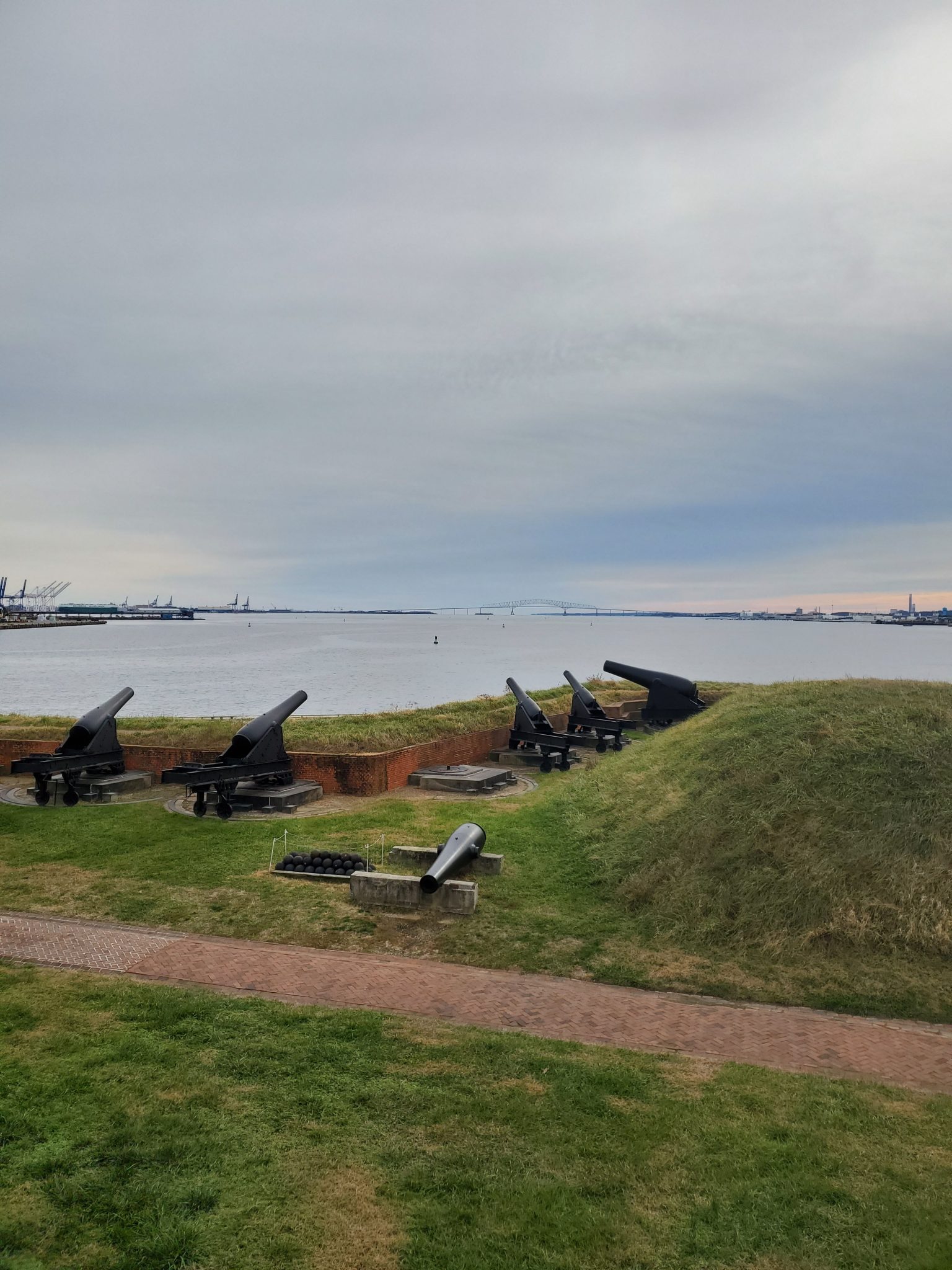
Fort McHenry National Monument and Historic Shrine is just a few minutes from downtown Baltimore, but it is off-the-beaten track. It is located at the end of a peninsula in an industrial section of Baltimore. It is also right off the freeway and a short trip from Washington, DC for those just passing through.
Of course, the purpose of Fort McHenry was to protect the city of Baltimore. The fort is strategically located at the entrance to Baltimore Harbor. Ships planning to attack Baltimore would have to first get past Fort McHenry’s cannons.
A visit to Fort McHenry is a great history lesson. However, it is also extremely well done with an excellent visitor’s center and exhibits throughout the fort. Kids of all ages love running around the fort and there are excellent views of Baltimore Harbor. Jails, underground tunnels and cool paths are fun for everyone.
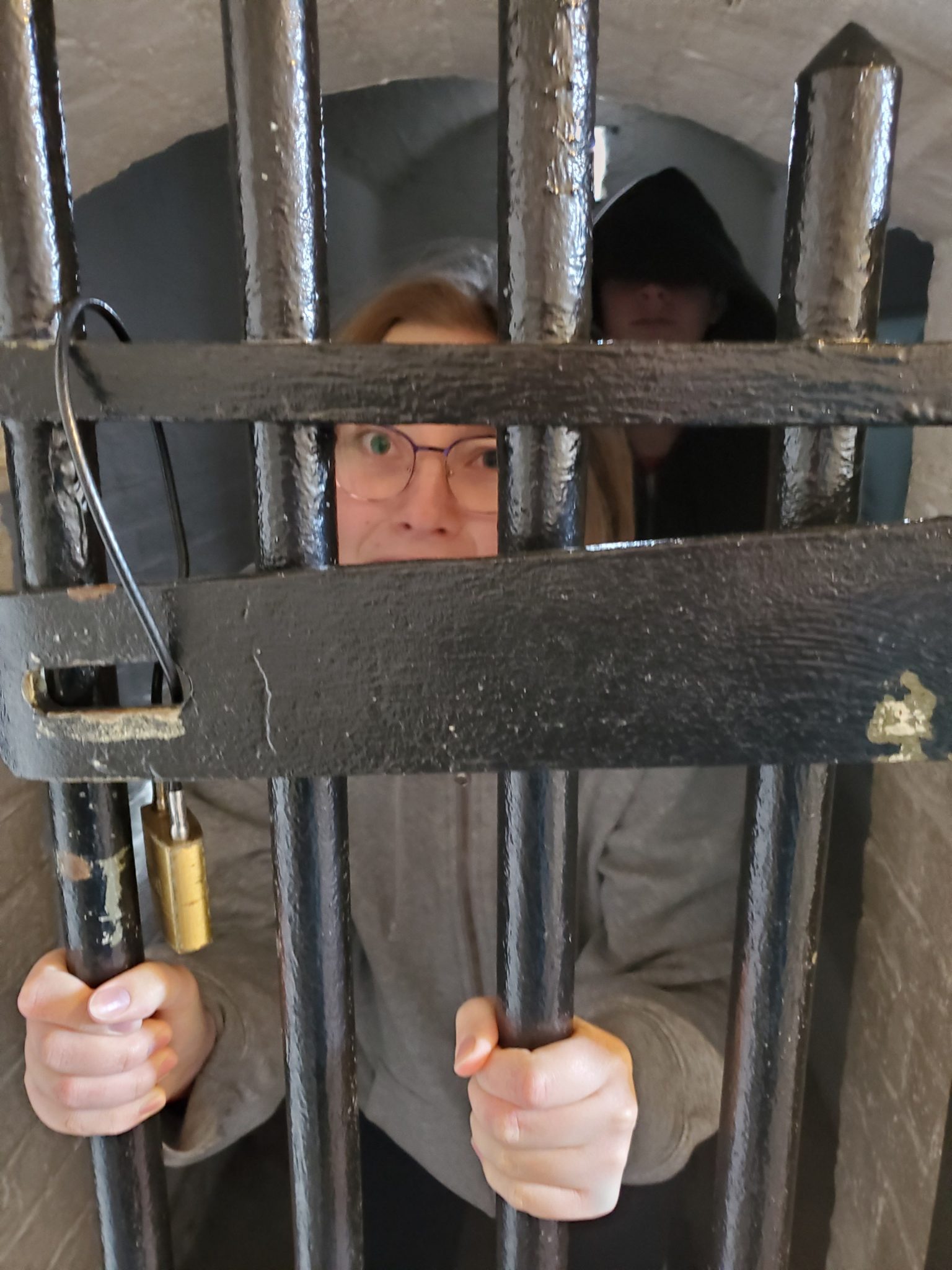
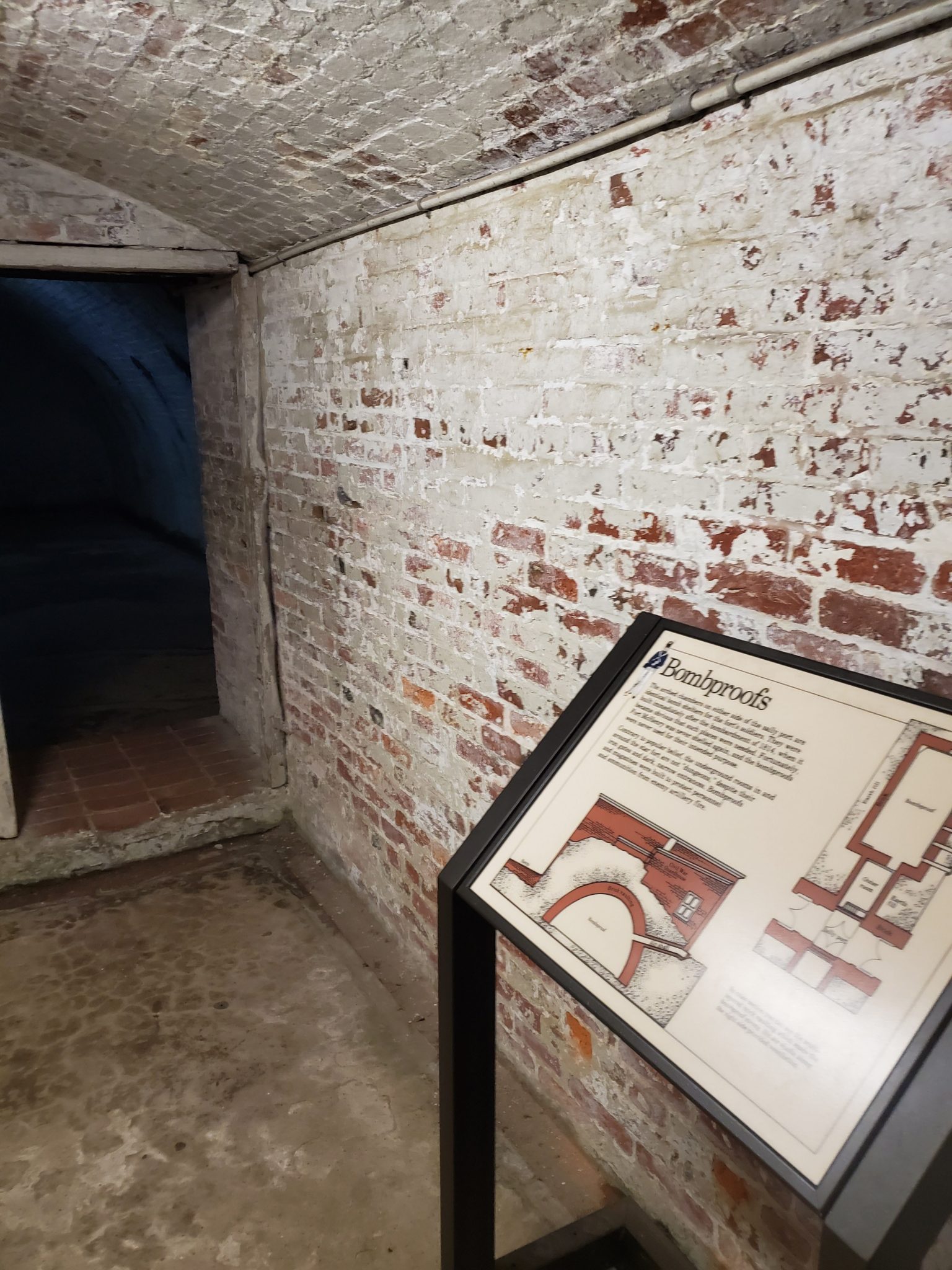
A full visit to Fort McHenry can be done in under 2 hours. The fort is right off the I-95 only 3-miles from downtown Baltimore. It makes a perfect spot if you are heading the Northeast Corridor by car (the Northeast Corridor refers to the train line between Washington, DC and Boston).
The park is open every day from 9 am to 5 pm (6 pm in summer).
Cost
The visitor’s center at Fort McHenry National Monument and Historic Shrine is free. There is also a 1-mile loop trail around the park that is free to access. However, to enter the actual historic fort area you need a wristband. The cost is $15 a person with children 15 and under being free. This allows you access for 7 consecutive days.
If you are planning on visiting multiple national parks in a given year we strongly recommend the annual America the Beautiful National Park Pass. For $80 a year this allows entrance to most national parks for a year (exceptions include places like Alcatraz). Most national parks charge per vehicle so pretty much an entire family (or however many people you can jam into your car or RV) can get in on one pass. Note U.S. Military get in for free and people over the age of 62 get a lifetime pass for $80. If you are lucky to have a fourth grader you can get a free pass that works for the entire family.
History
Fort McHenry was built in 1800. It was one of many forts of the era built to protect U.S cities and the Eastern seaboard. It actually served many purposes over the years. However, it is mainly known for saving Baltimore from an intense British attack in the War of 1812.
The War of 1812 actually really heated up in 1814 when the British captured Washington D.C. From there they planned to move north starting with Baltimore. By mid-September, the British were looking to dislodge the large American force in Baltimore.
To capture Baltimore, the British Navy needed to sail past the defenses at Fort McHenry. Starting on September 13, 1814, the British began to bombard the fort. Over the next day, the British ships fired over 1,500 cannons and rockets at the fort.
Francis Scott Key was an American lawyer. He had gone out to British ship under truce to negotiate the release of an American prisoner of war. He was held overnight during the bombing. As he watched the attack, Key was certain Baltimore had been captured.
When Key woke up on the morning of September 14, 1814 he saw the huge American flag waving over Fort McHenry. It was a sign that the fort had survived the attack. Key wrote a poem, “The Defense of Fort McHenry.” This poem was later set to music and of course became the U.S. National Anthem in 1931.
Fort McHenry continued to serve the military until World War I. During World War I, a temporarty hospital was built to treat up to 3,000 wounded soldiers. After the war, the hopistal was removed. In 1925, Fort McHenry became a national park.
Visitor’s Center
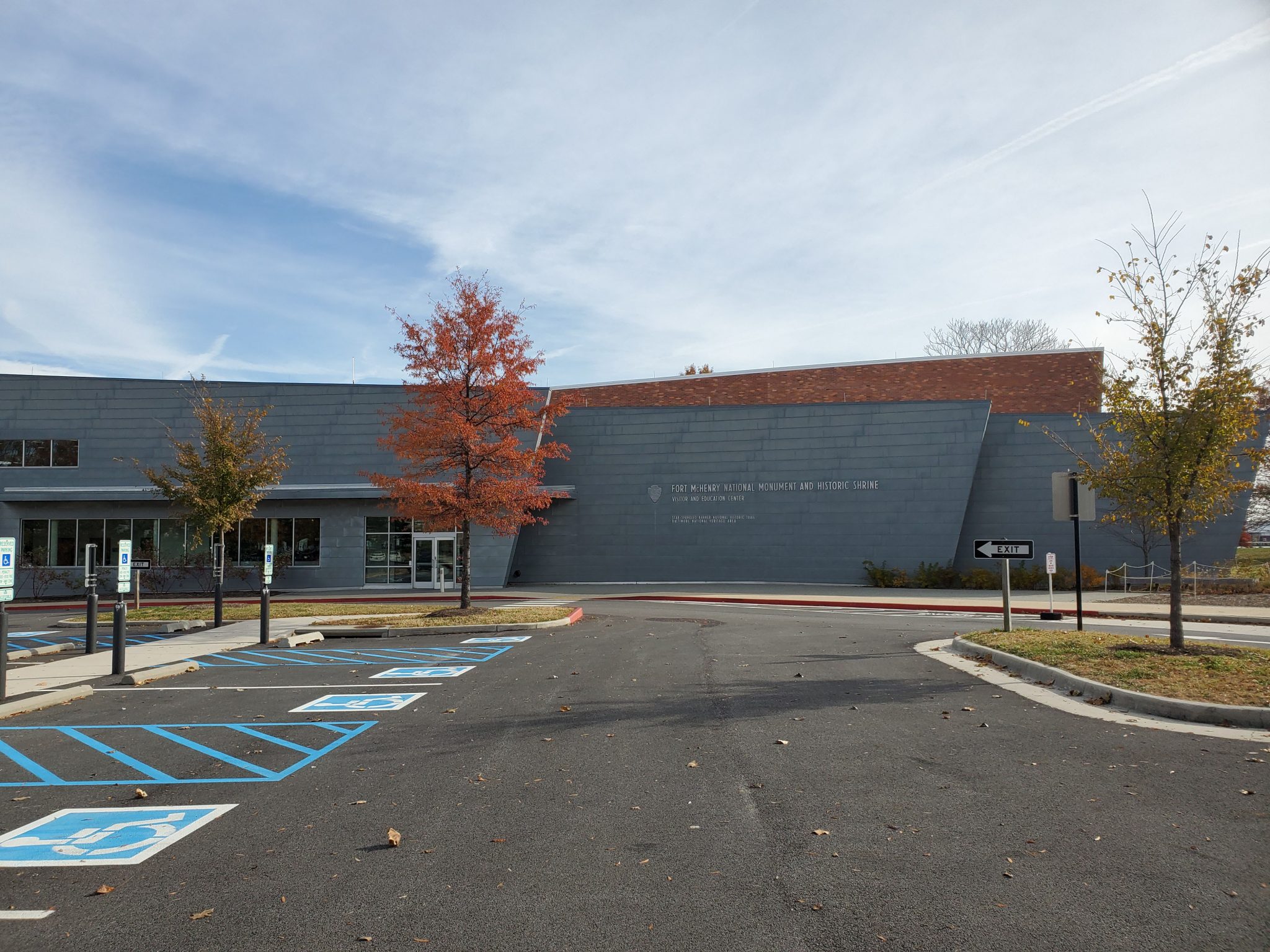
A state-of-the-art visitor’s center was built fort the bicentennial of the War of 1812. The highlight of the visitor’s center is a 10-minute film titled The Defense of Fort McHenry. The film is shown every half hour.
At the conclusion of The Defense of Fort McHenry film the Star-Spangled Banner plays. The screen rises and opens up to a window that reveals the actual fort. If the wind is not too strong a flag the size of the actual star-spangled banner will be flying. This flag is huge and on the rainy day we visited in November a smaller flag was flying.
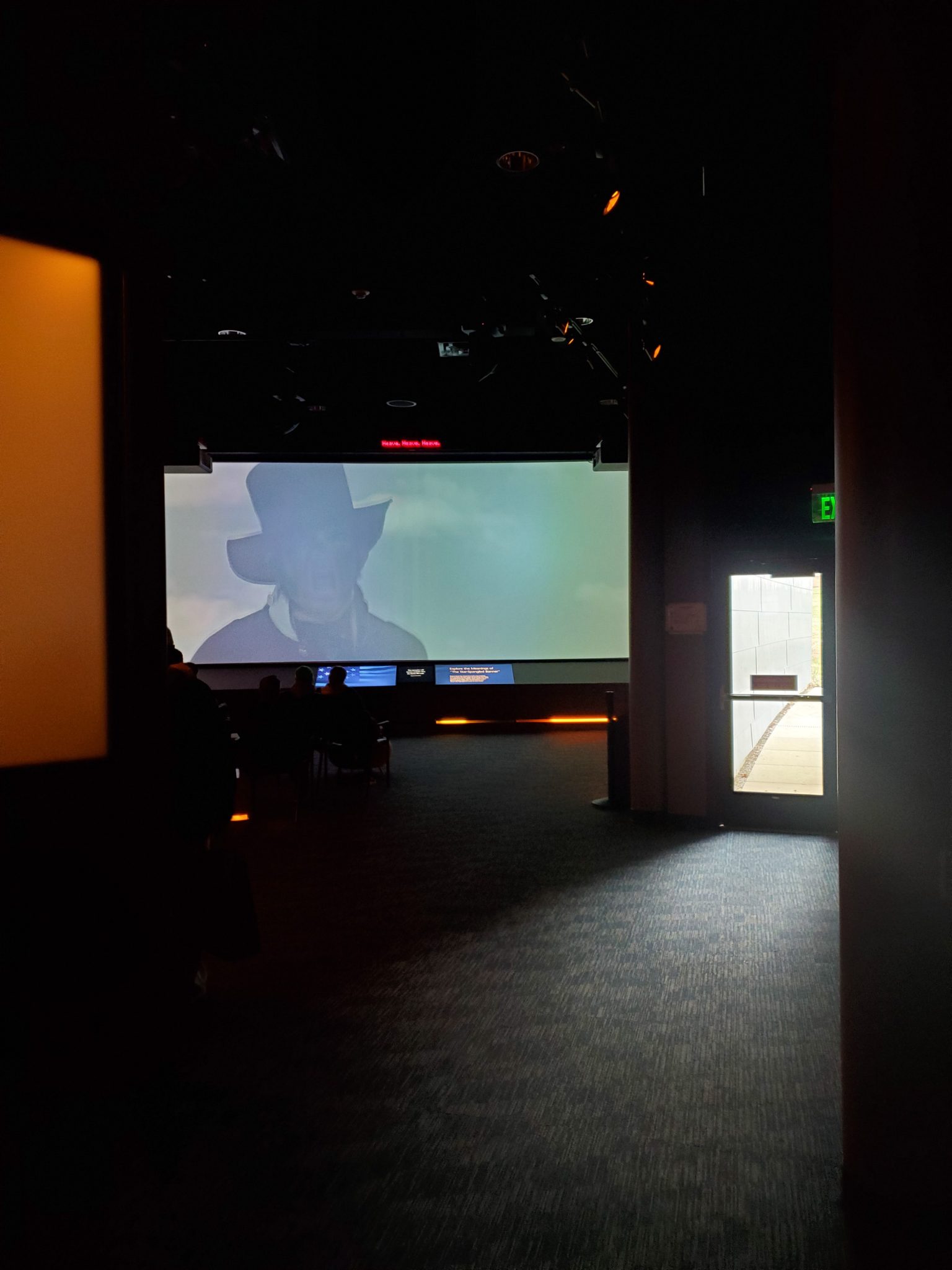
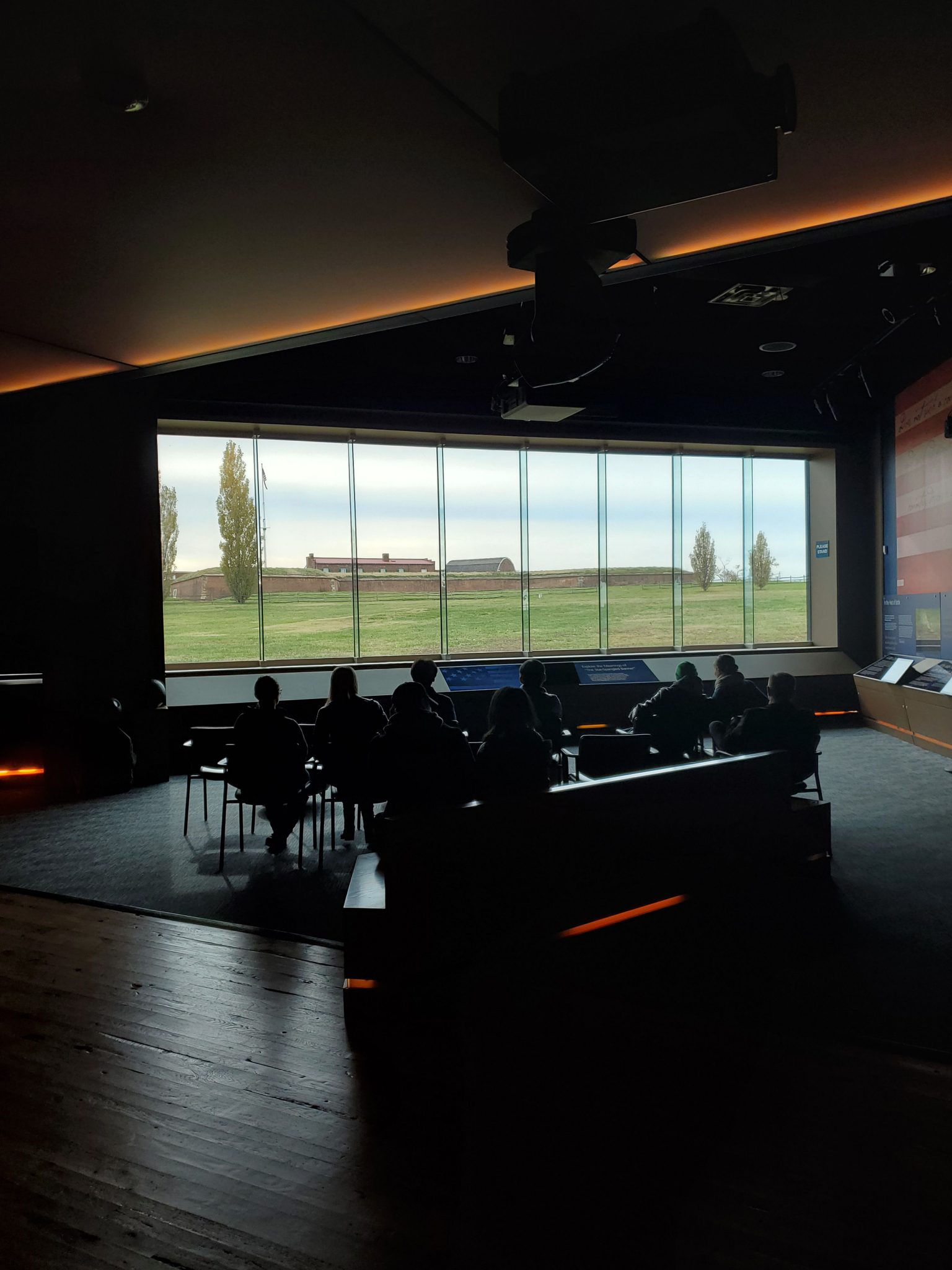
The visitor’s center has quite a few educational displays and of course, a gift shop. There are also regular ranger led tours starting from the visitor’s center. Of course, the main attraction is the fort itself.
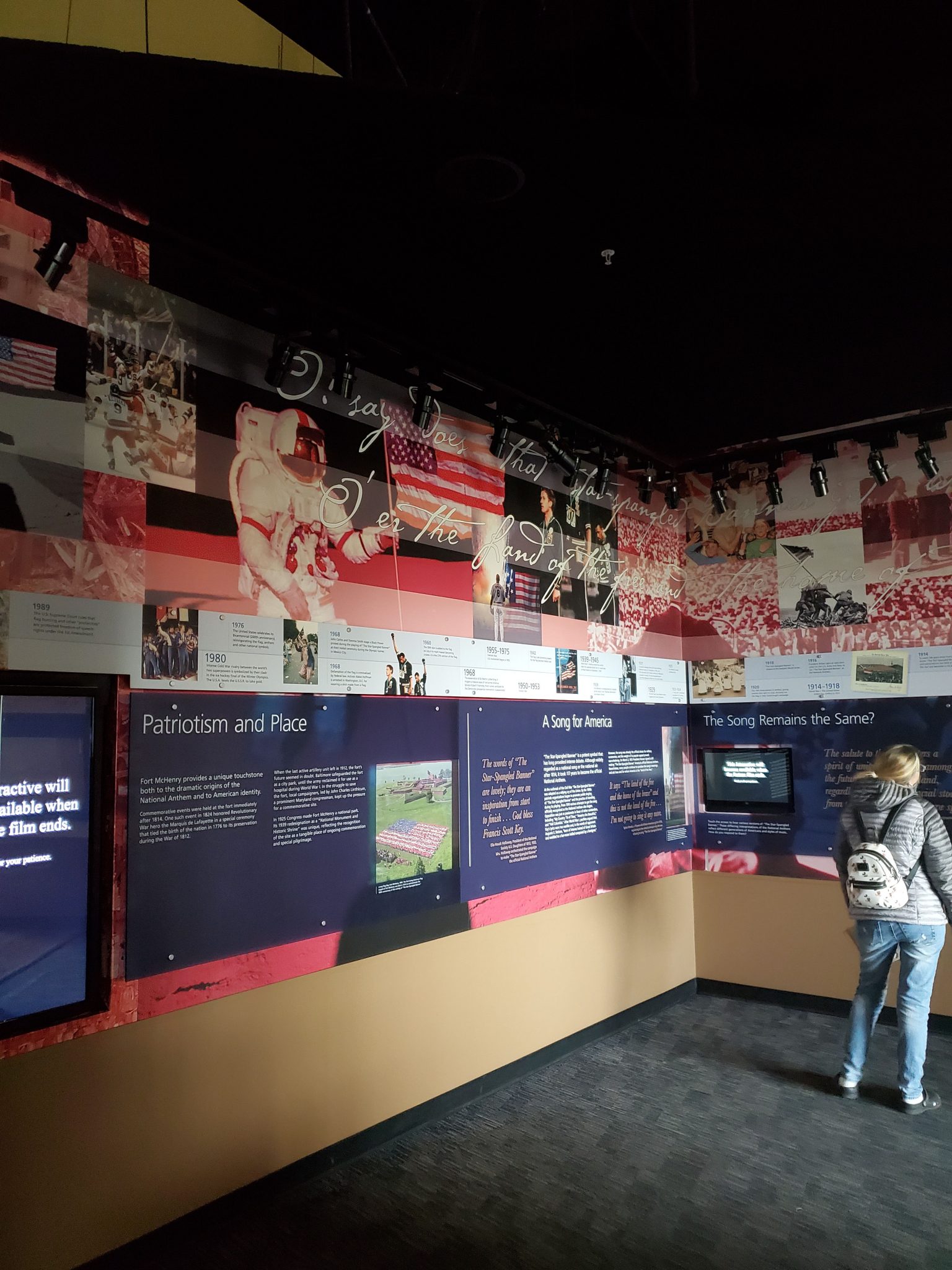
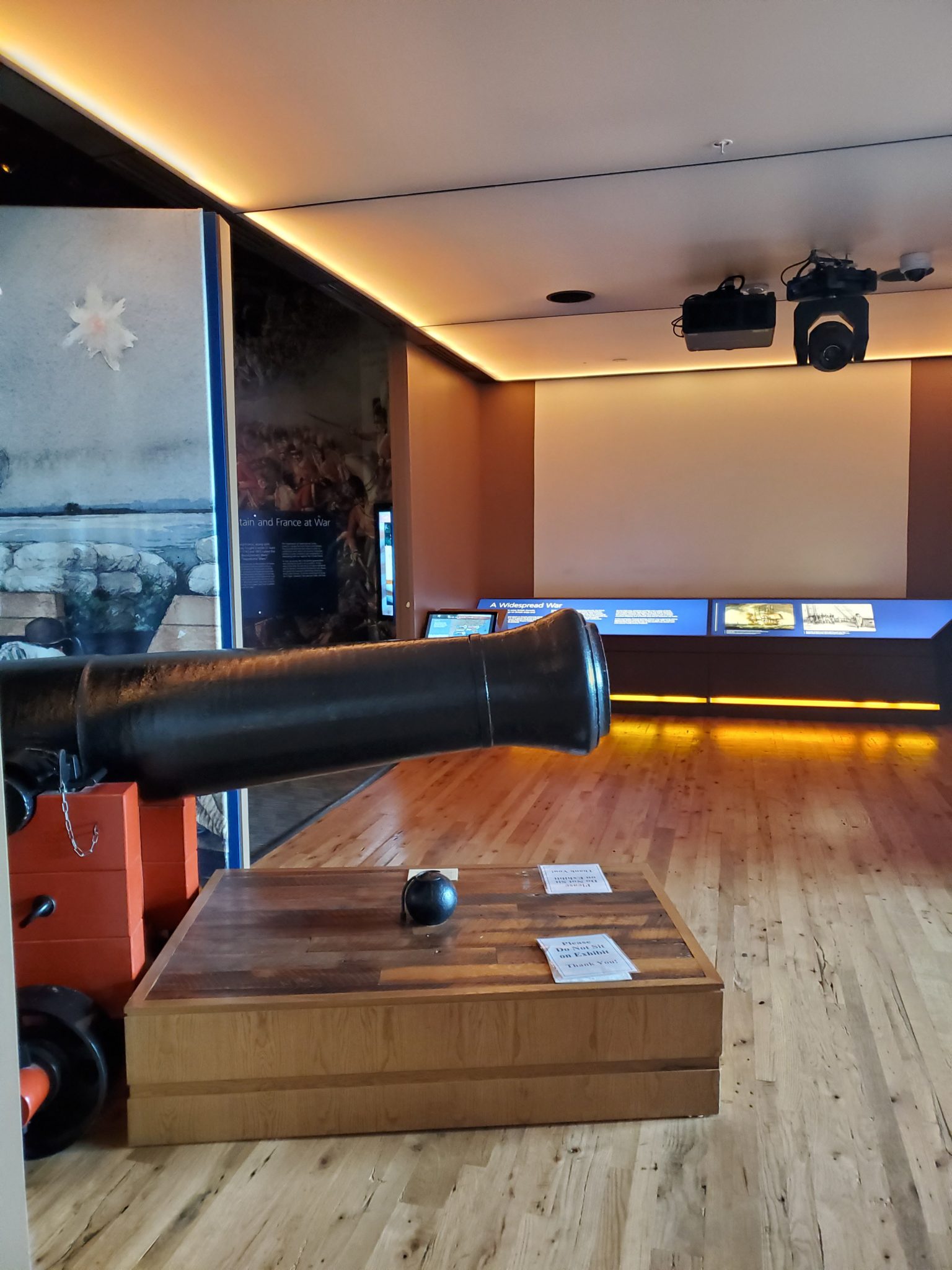
The Fort
Exploring the grounds of Fort McHenry is great fun for all ages. The fort is surrounded by grass mounds that reminded our family of the hills in Hobbiton from the Lord of the Rings.
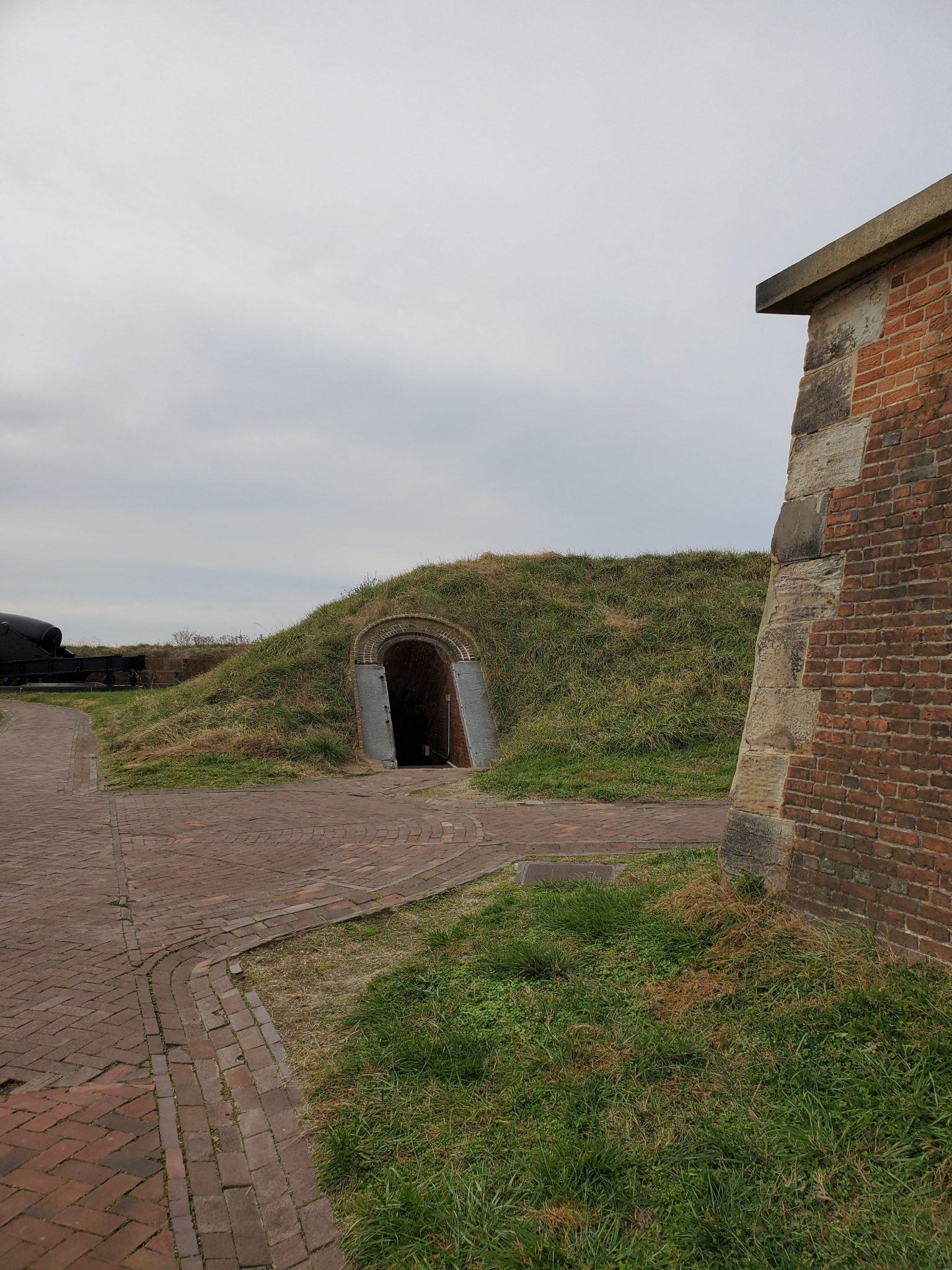
Unfortunately, you are not allowed to climb on the hobbit hills. However, there is an elevated pathway that goes around the fort that you can around to your hearts content. There are great views of the Baltimore Harbor.
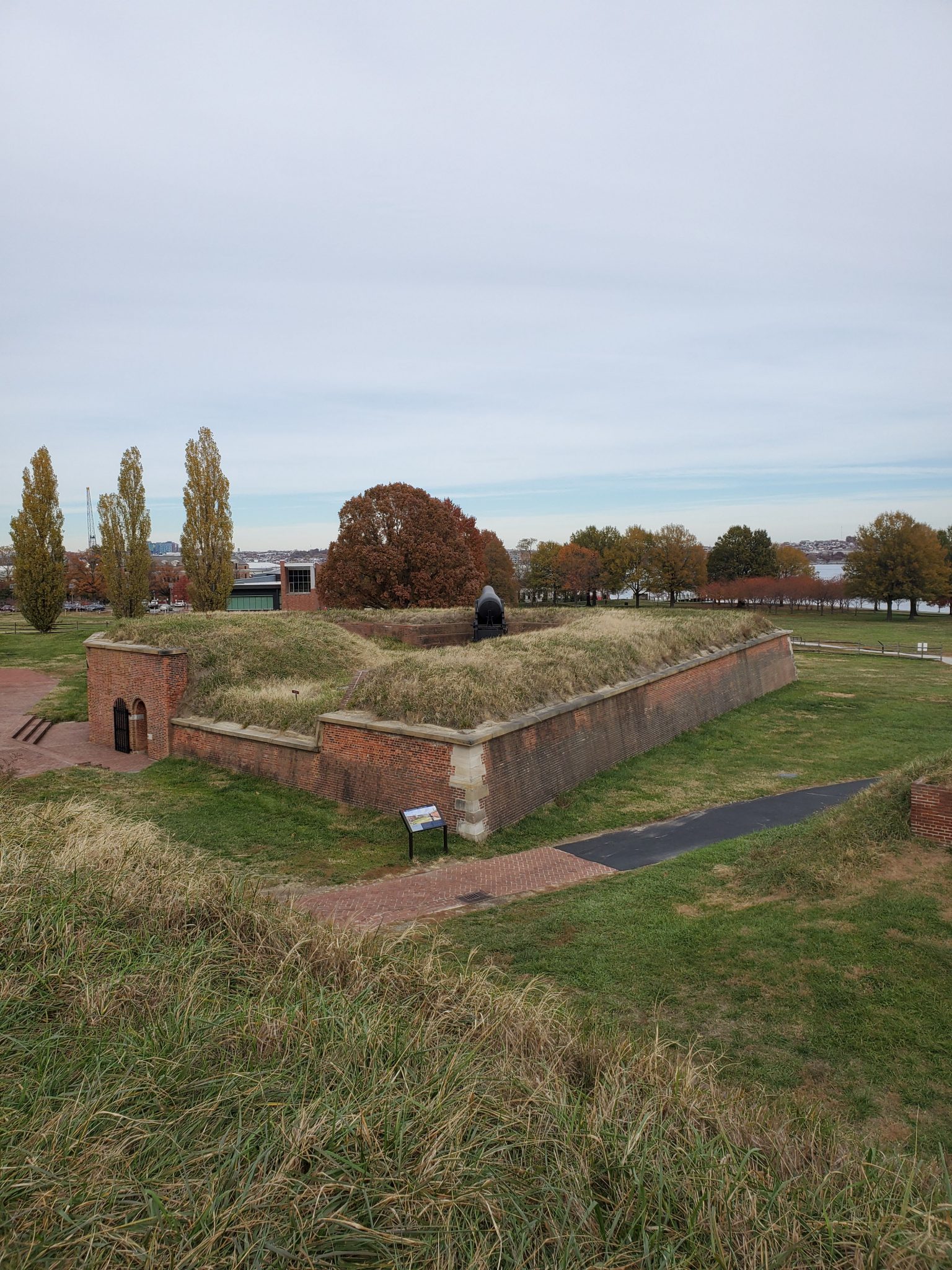
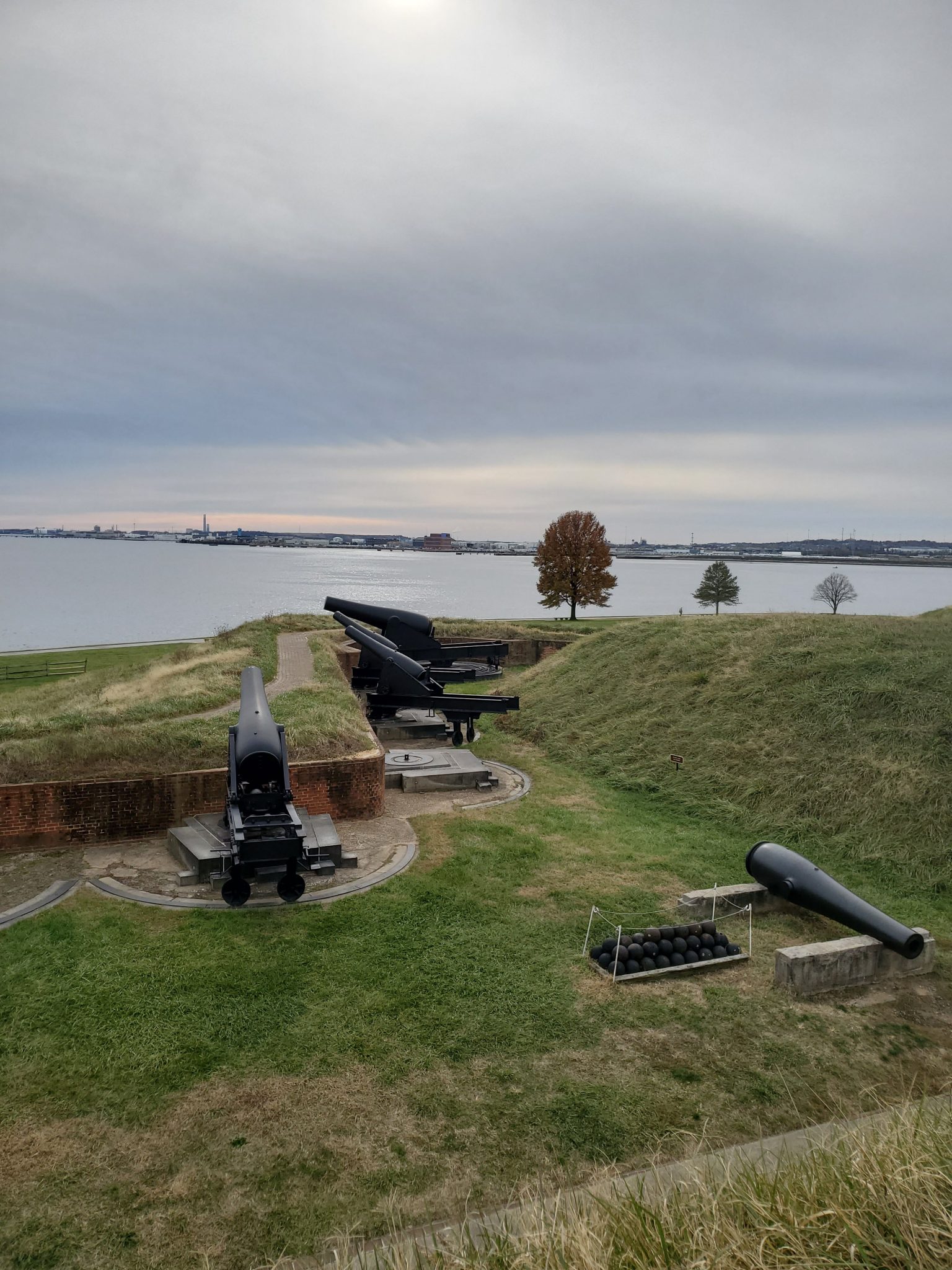
The actual fort is located within the two layers of protective walls. It consists of a central courtyard, surrounded by the buildings that housed the soldiers stationed at the fort. During the War of 1812, there were 1,000 Americans protecting the fort. The flagpole is located in the courtyard.
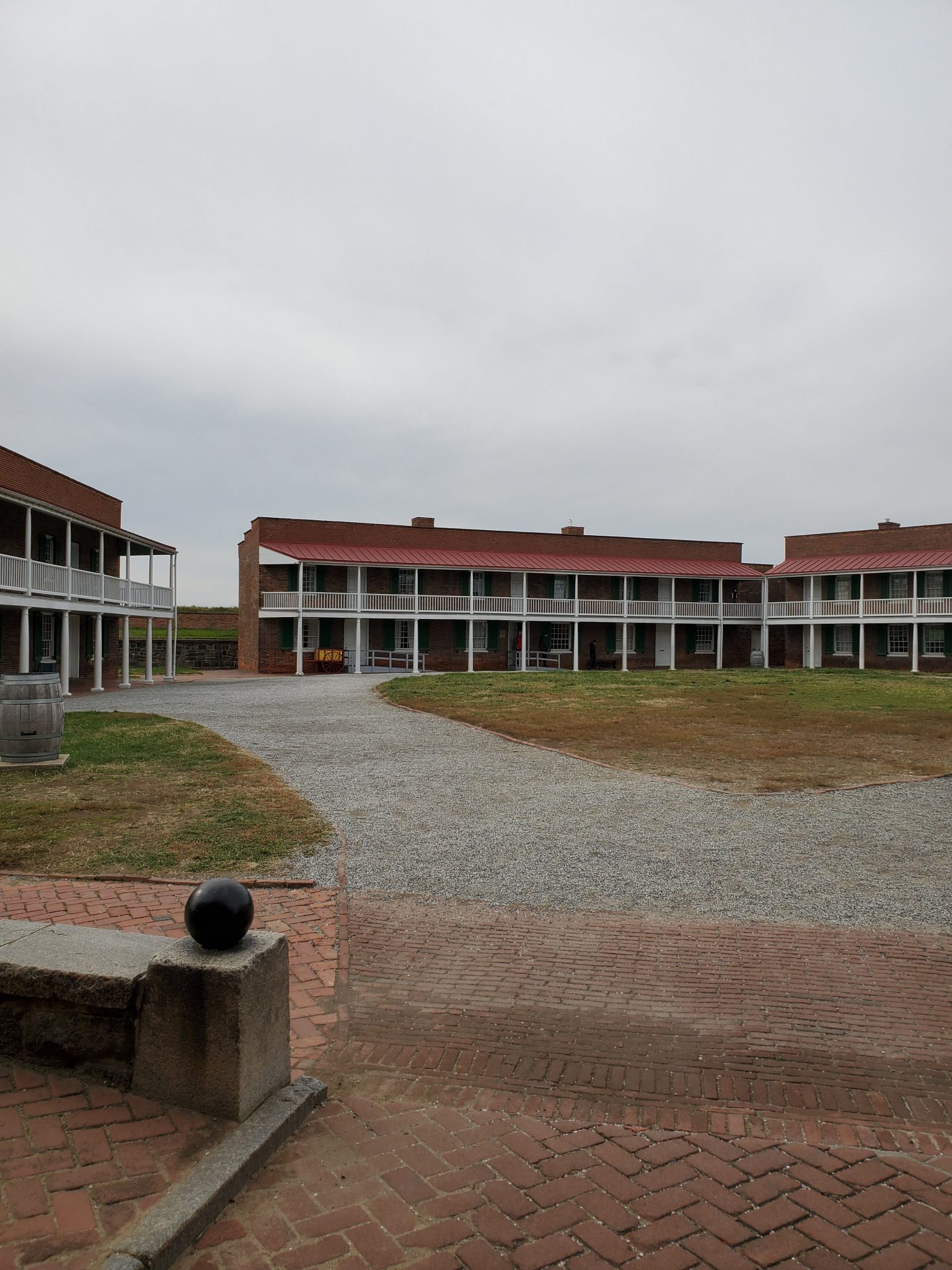
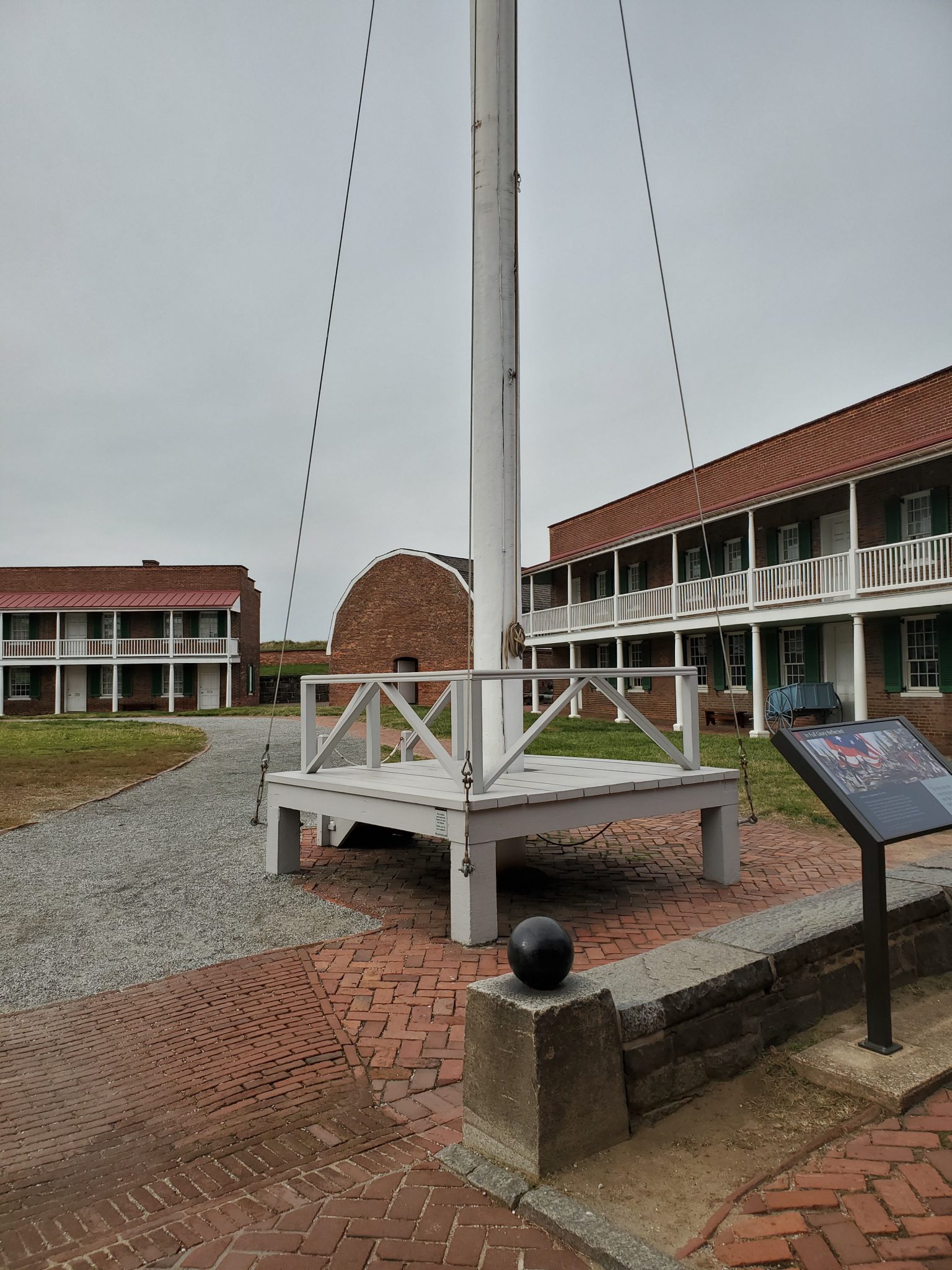
The tour of Fort McHenry is self-guided. The buildings inside the fort have exhibits and furnishings reflecting the time. You can also go underground to see where gunpowder and explosives were stored. I was amazed that the fort survived an accidental gunpowder explosion.


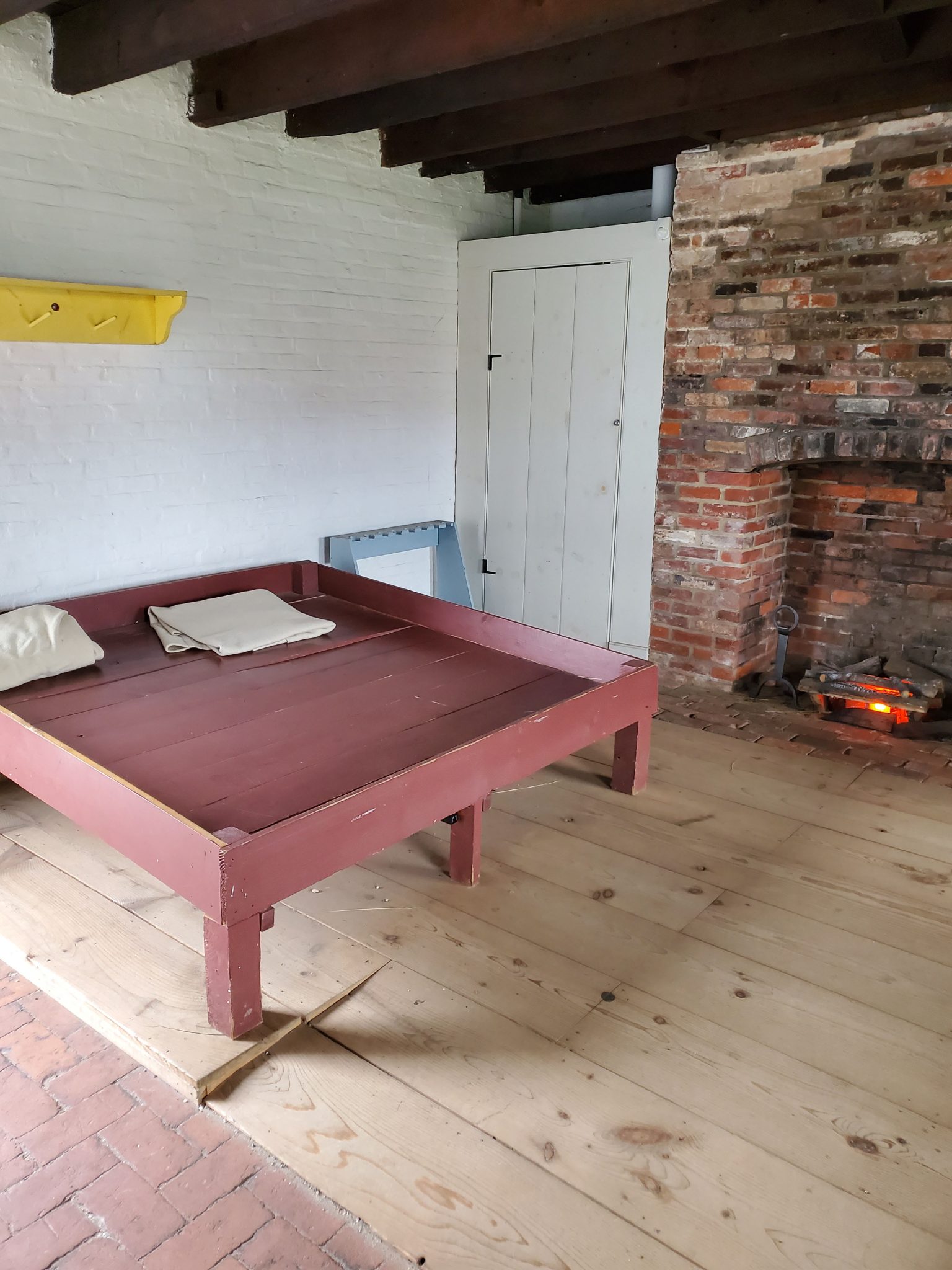
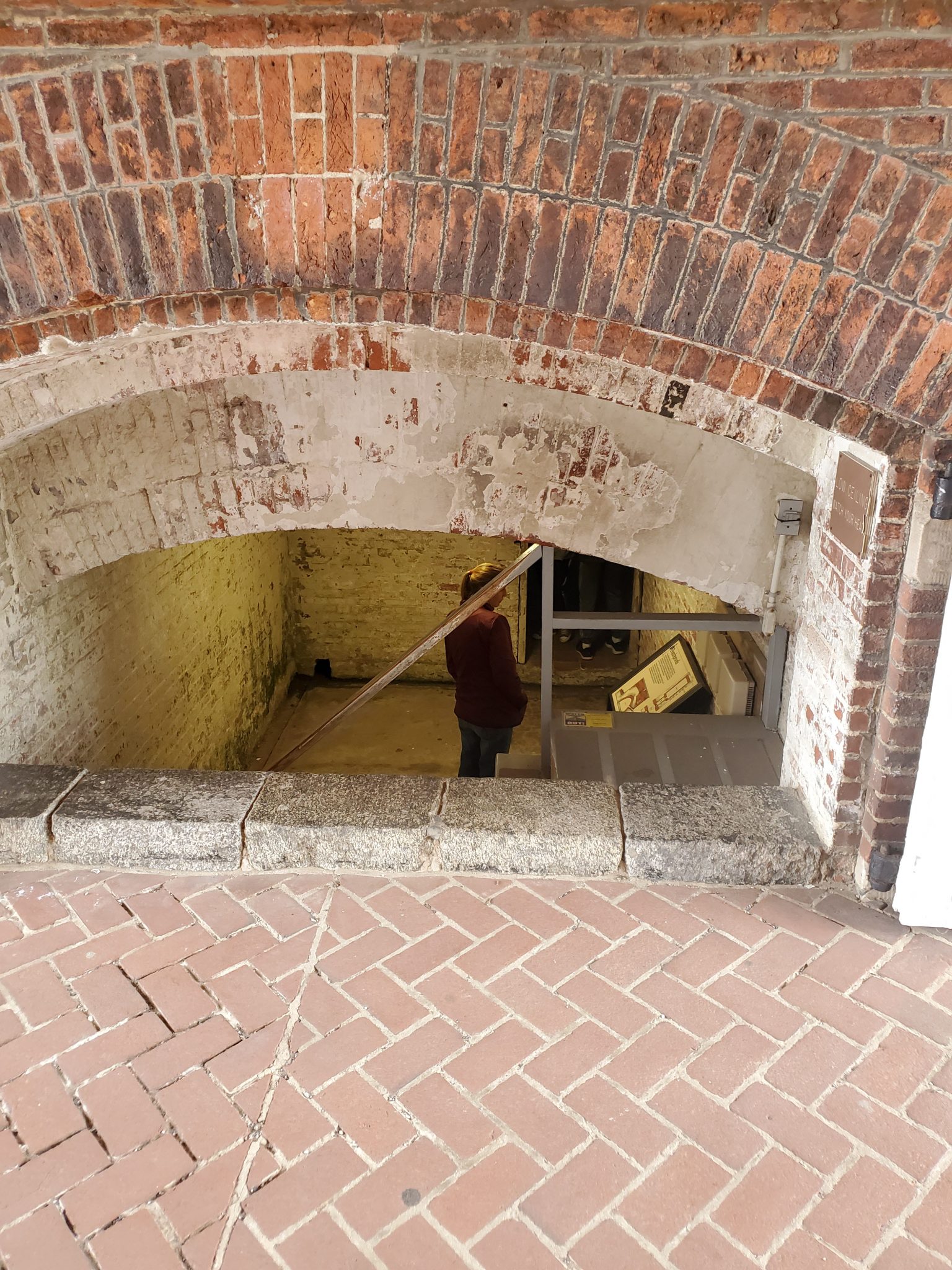
There are also trails around the fort. There is a general 1-mile loop trail along the harbor around the fort. This is used for walking, jogging and biking.
There are regular ranger talks and guided walks around the fort. You can drop in and out of these talks and they can be very informative. One thing of particular interest is learning about how the actual bombs and rockets worked. The “rockets red glare” line of the National Anthem had a very specific meaning. Until visiting Fort McHenry I had only a glib idea of how what the rockets were.
Overall Fort McHenry provided new understanding of the U.S. National Anthem. After visiting Fort McHenry, we headed to Washington, DC to see the actual flag. The visit made the flag much more impressive.
Today the restored Star-Spangled Banner is on display in a special exhibit by the main lobby at the National Museum of American History. This fragile piece of American history is in a darkened room with no photography allowed.
For many years our family has watched the actual Star-Spangled Banner flag being restored at the Smithsonian National Museum of American History. The flag is massive and originally measured 30 by 42 feet (several feet are now missing).

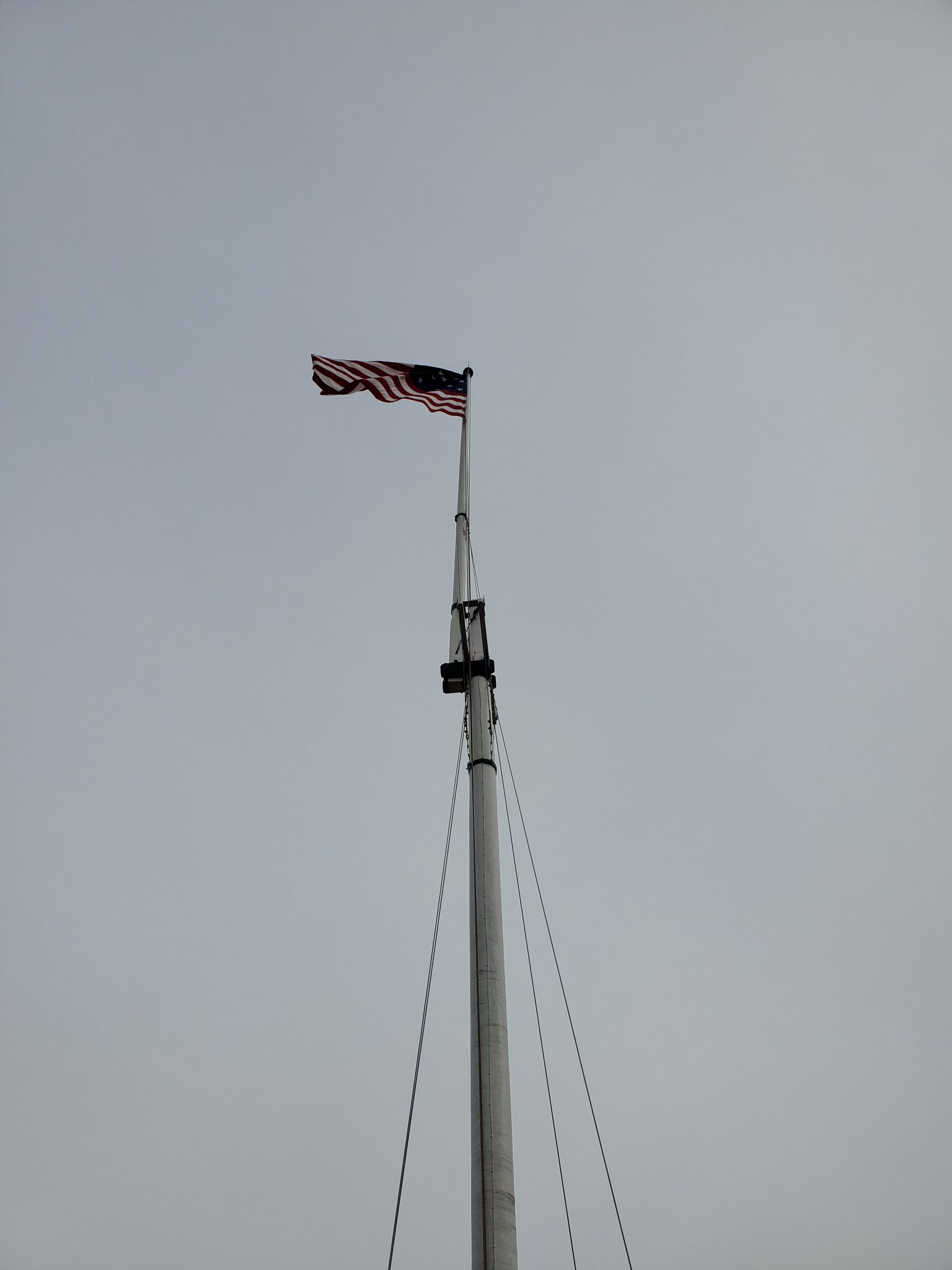
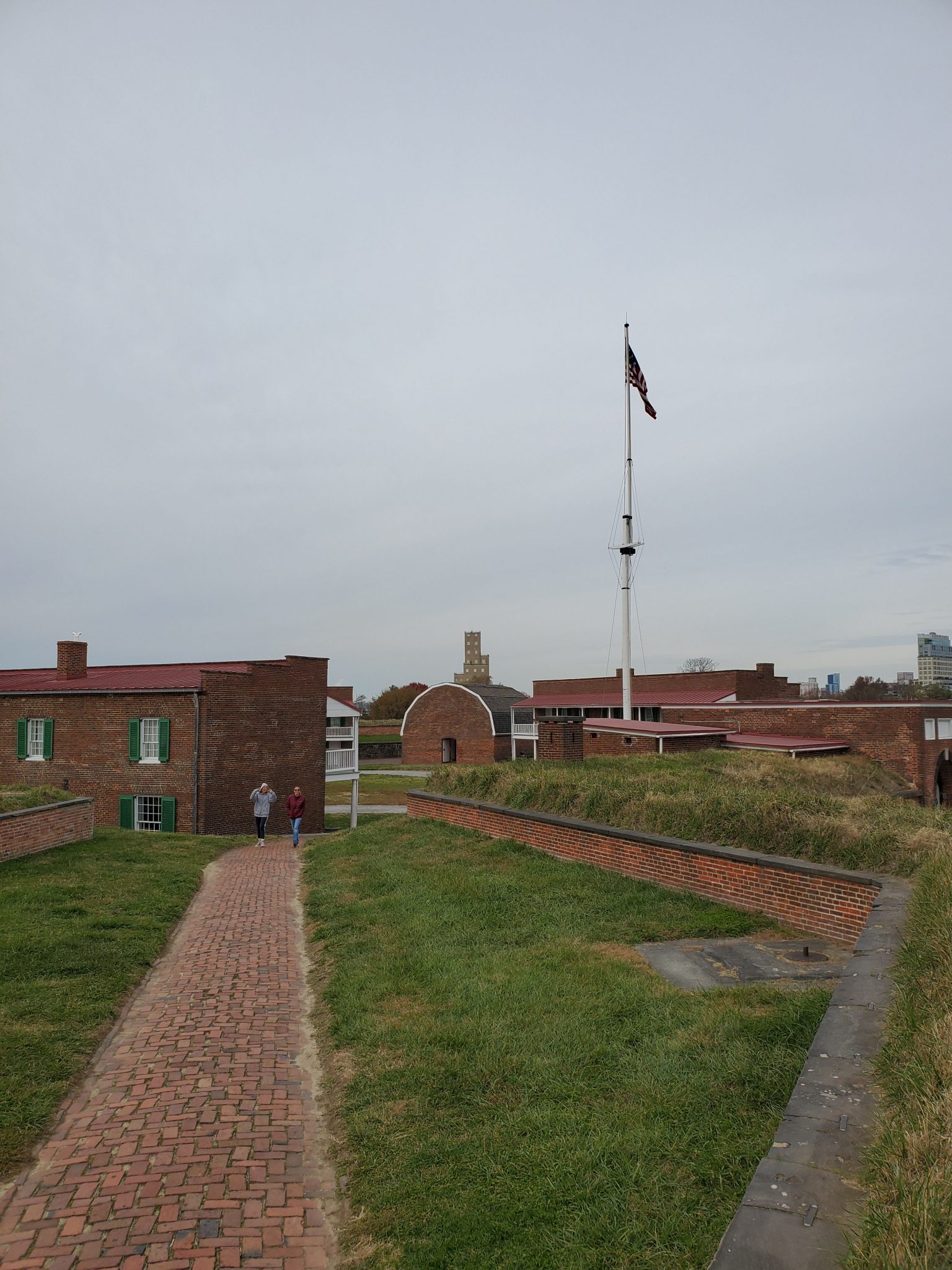
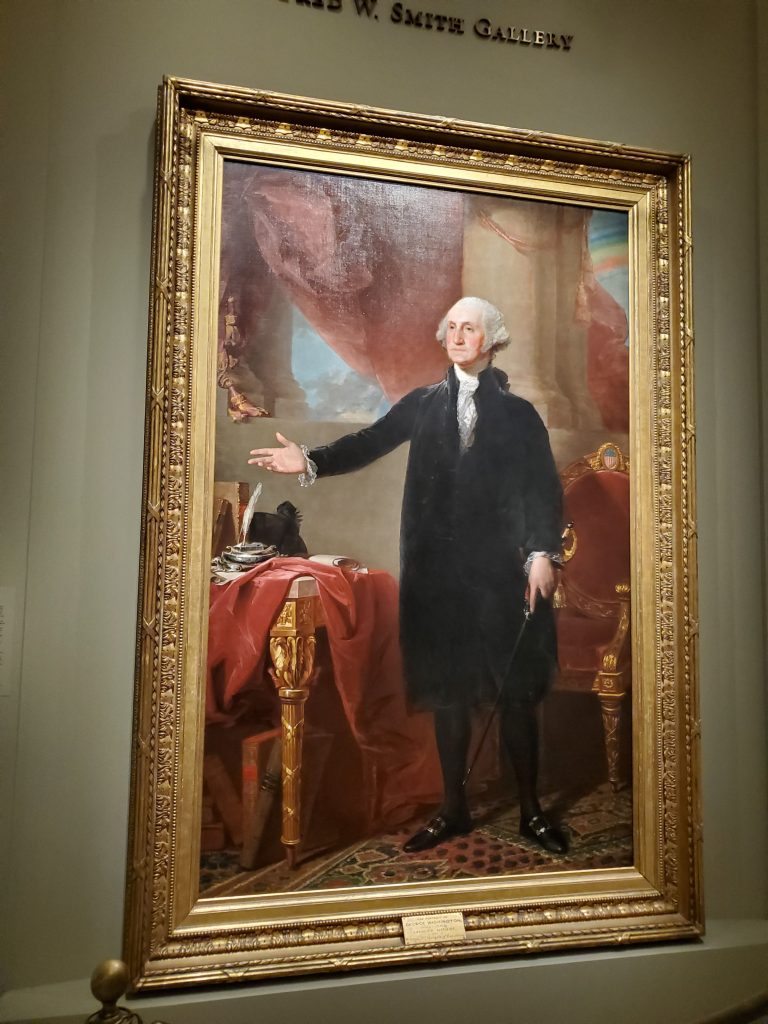

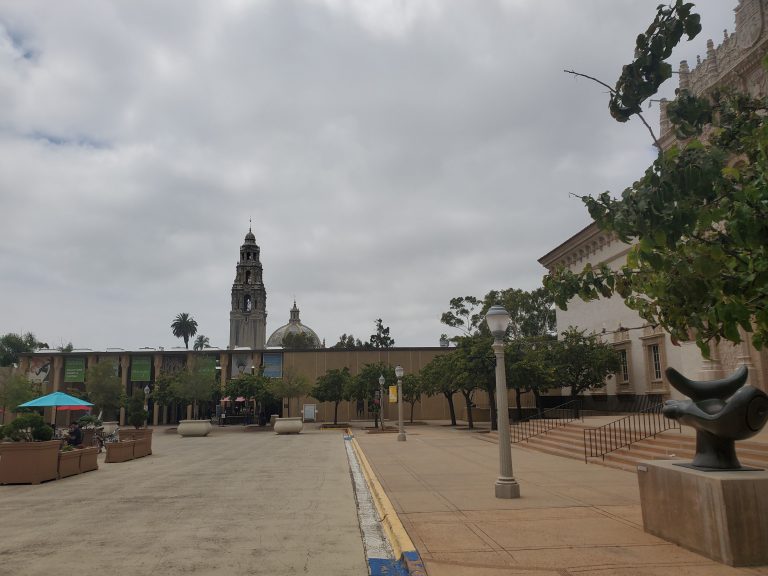
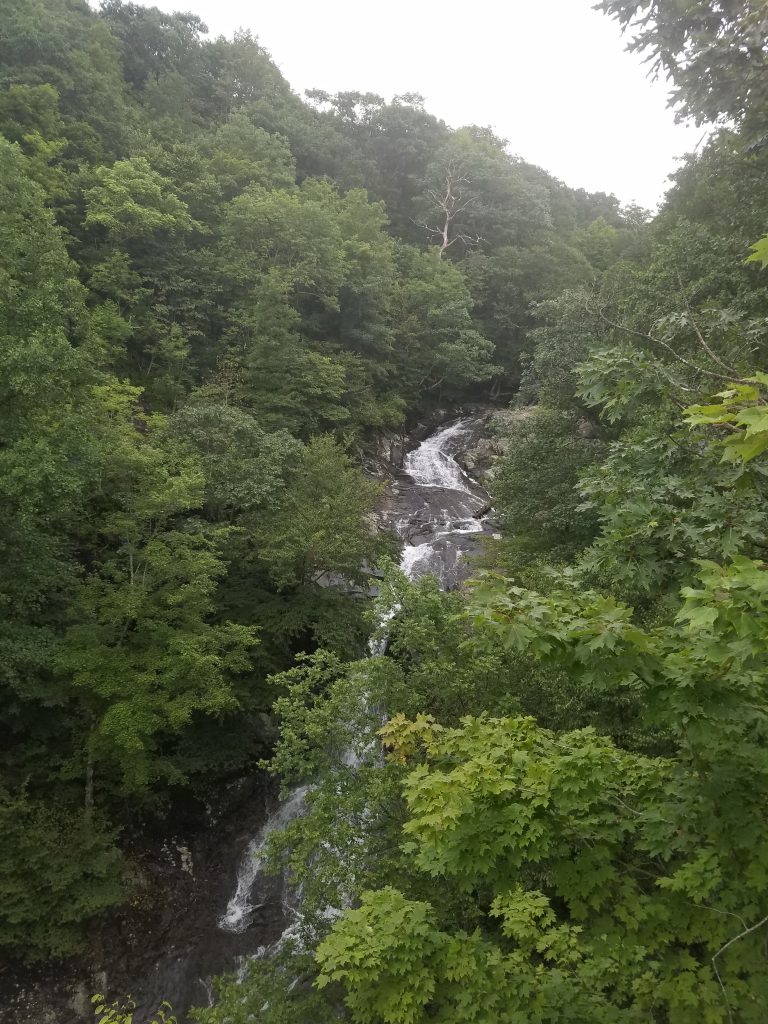

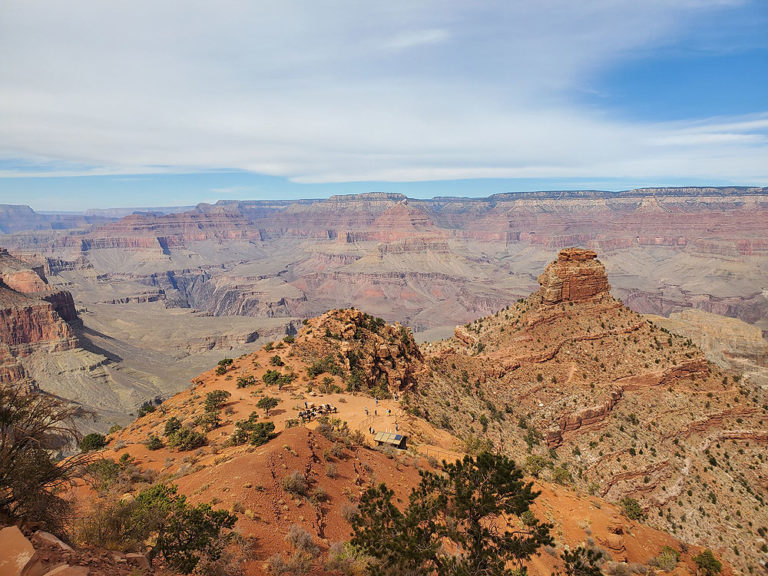
One Comment
Comments are closed.